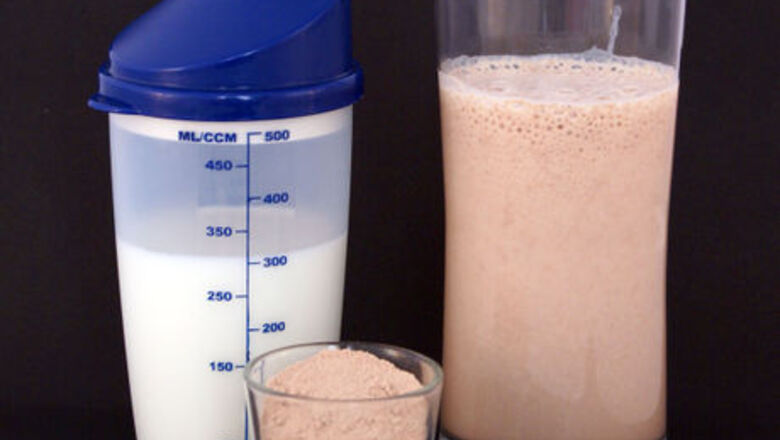
views
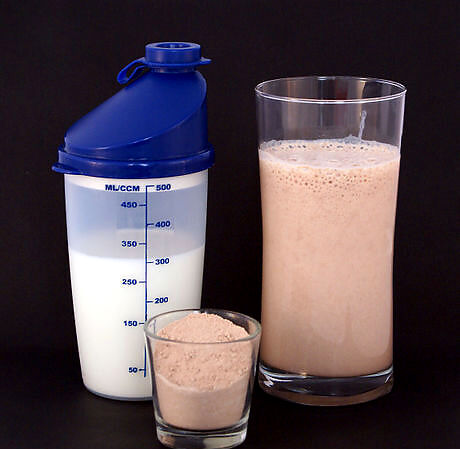
Understand your restrictions, both what you can and cannot eat, and why your diet is restricted. For example, if a doctor prescribes some form liquid or soft diet because of a medical condition or in connection with surgery, the restrictions may be greater than if is soft diet is recommended because of difficulty chewing. Always follow your doctor's advice, of course, but knowing your specific restrictions enables you to be more creative within them. Know how long you should expect the restricted diet to last. Know if there are specific foods you should avoid. Find out if you can safely "chew" soft foods by mashing them between your tongue and the roof of your mouth. Find out whether you can have solids that are pureed or mashed.
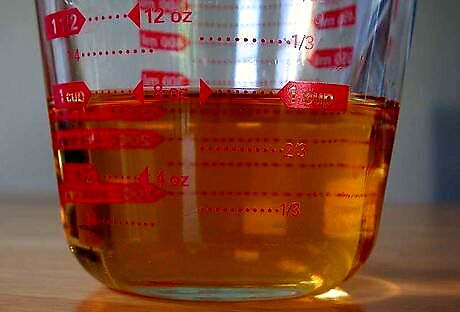
Start with the basics of a clear liquid diet. A doctor may order a clear liquid (or clear fluids) diet in case of lacerations or incisions in the mouth, a compromised digestive system, or other reasons. A doctor who orders this diet should also advise you of how long you must restrict yourself clear liquid. A clear liquid diet is limited to liquids that you can see through, such as apple juice and other pulp-free fruit juices, gelatin deserts like Jell-O (even though they are solid at room temperature), clear sodas, tea, and clear broths. Ice pops and other ices can also be clear fluids, provided they are not made with pulp or sorbet (sherbet).
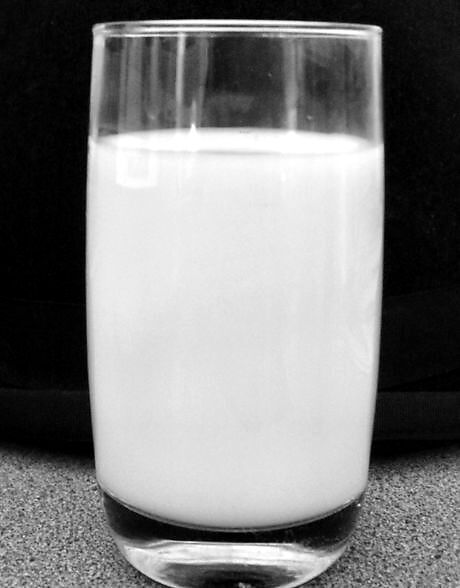
Add "full fluids" as soon as it is appropriate to do so. Full fluids can include suspended solids as well as all the items that are clear liquids. If you can have full fluids, you can have most fluid nutritional supplements; milk; milkshakes; yogurt (well mixed and without fruit chunks); smooth hot cereals, such as oatmeal; juice with pulp; and pudding.
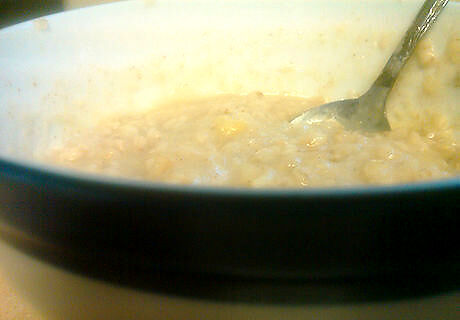
Look for foods that are already soft. Smooth, hot cereals, such as oatmeal, soups that are pureed or strained, applesauce, smoothies, mashed potatoes or sweet potatoes, scrambled eggs, custard, cottage cheese, and many other foods are soft enough to eat without chewing.
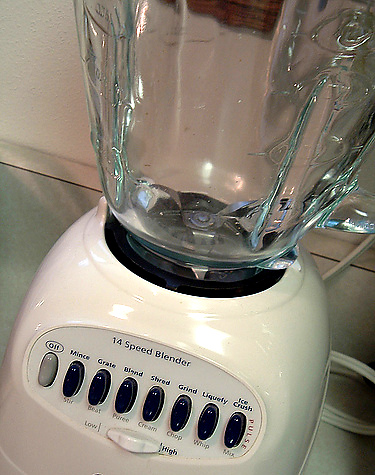
Use your blender and your fork to chew for you. Chop soft pasta into small pieces with a fork. Puree a chunky soup and see what you get. Mash some potato salad or put it through a blender. Mash or puree just the contents of a burrito or sloppy Joe. Some small chunks may be all right, as long as you can swallow them without chewing. Blenders work best with enough liquid. If potato salad is sticking to the walls of the blender and not moving, add a bit of milk, yogurt, water, or sour cream. Try to add liquids with flavors that will be compatible with what you're blending. Use broth, water, barbecue sauce, or ketchup for meats. Adding liquid will also help if you need to get the food through a straw to eat it. Some foods work better than others when blended. If you're not sure, try a small amount and see what happens.
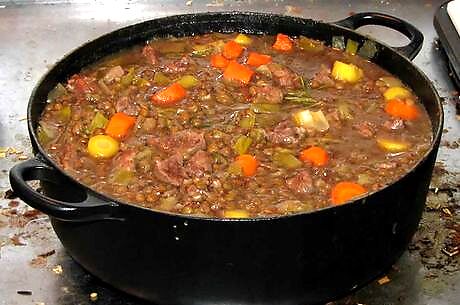
Cook foods until they are soft. Fresh, crispy celery and carrots need to be chewed, but celery and carrots cooked in a soup may be soft enough to mash between the tongue and the roof of your mouth. They can certainly go through a blender.
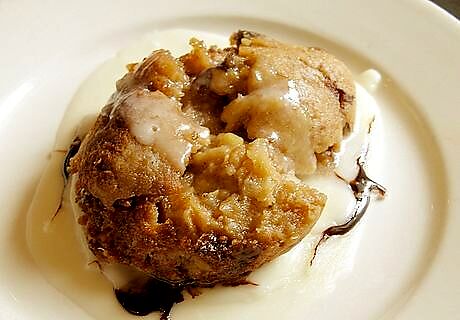
Dissolve foods. If you can't eat bread because you can't chew it, could you have bread pudding or pancakes reheated with plenty of syrup, instead?
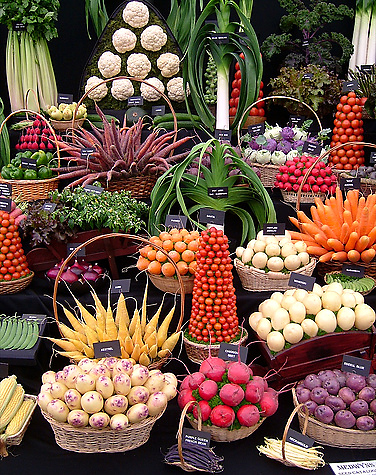
Eat as wide a variety of foods as your diet permits, and be creative. Just about any fruit or cooked vegetable can be pureed to the point where it need not be chewed. Many entrees can, too. Aim for a balanced mixture of starches, proteins, fruits, veggies, fats, and the occasional sweet treat, just as you would if you were chewing.

Have dessert. Many desserts are high in calories, so if there is any concern about taking in enough calories, this is a very good place to add some.
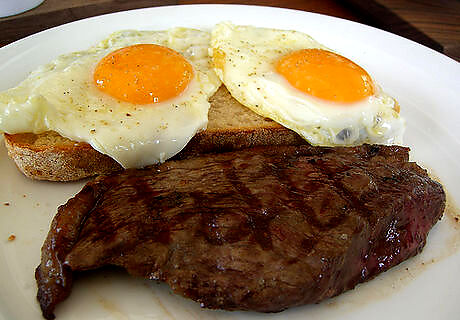
Avoid very chewy things. You may be able to grind tuna or soft-cooked chicken enough to eat it without chewing, but steak is probably not a good option while you are on a liquid diet or just coming out of one.
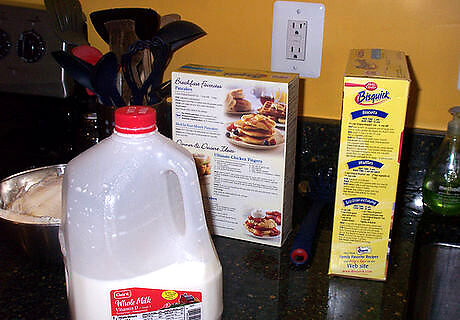
Take steps to add calories if it is necessary to do so. Eat smaller, more frequent meals. Use whole milk, milk products, and cream. Add protein powder, powdered supplements, powdered milk, or even chocolate syrup to foods.
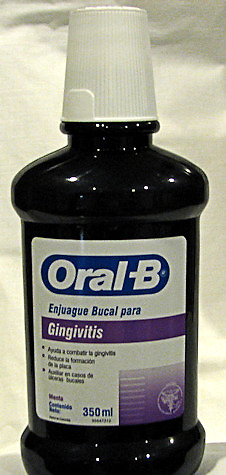
Look out for your teeth while eating a soft or liquid diet. Crunchy and crispy foods serve to help clean teeth and stimulate gum tissue. Ask your doctor or dentist whether you should try to brush your teeth, or, failing that, whether you should rinse your mouth with water or mouthwash after eating.











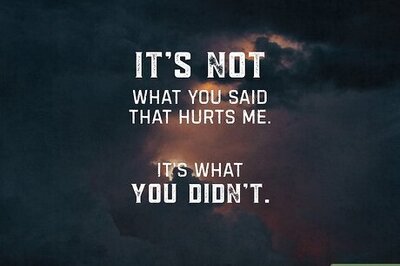
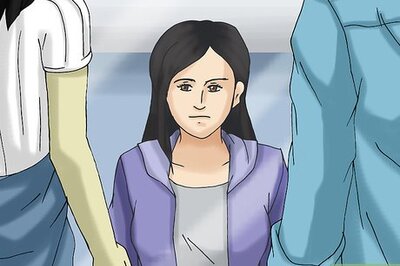

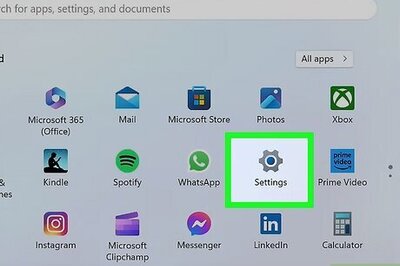


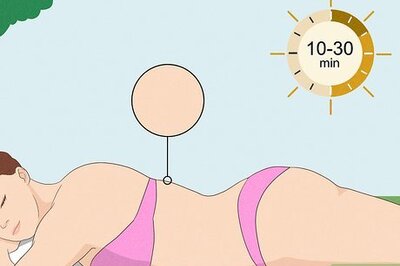

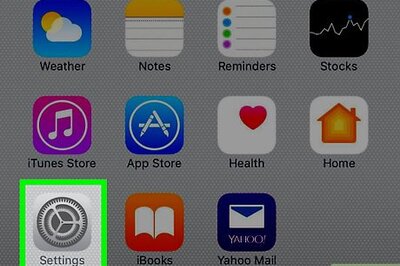
Comments
0 comment